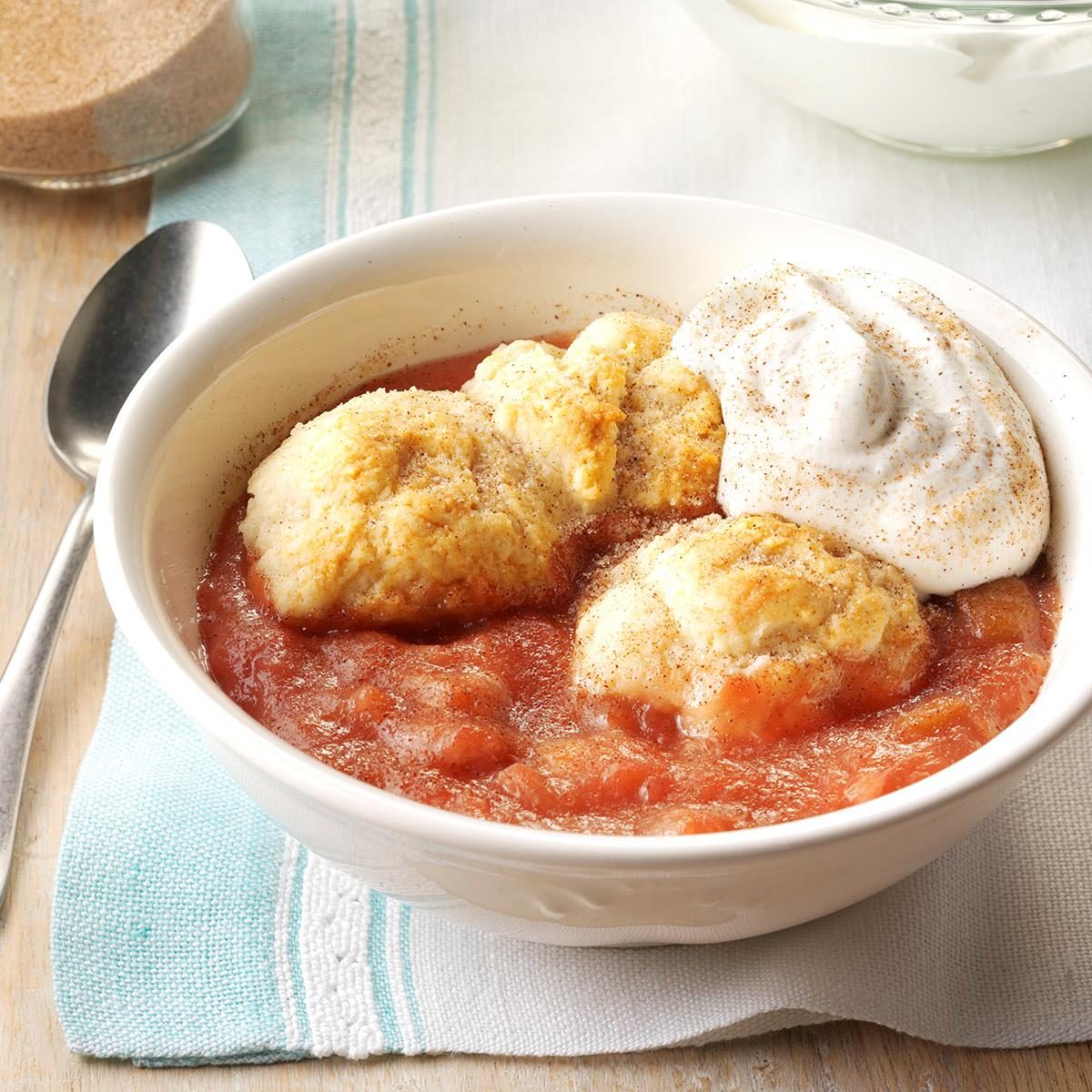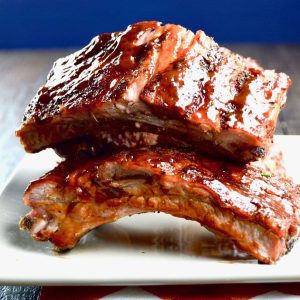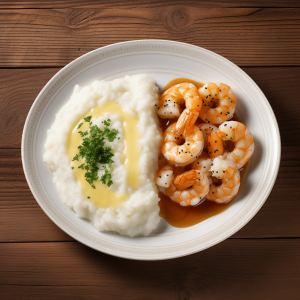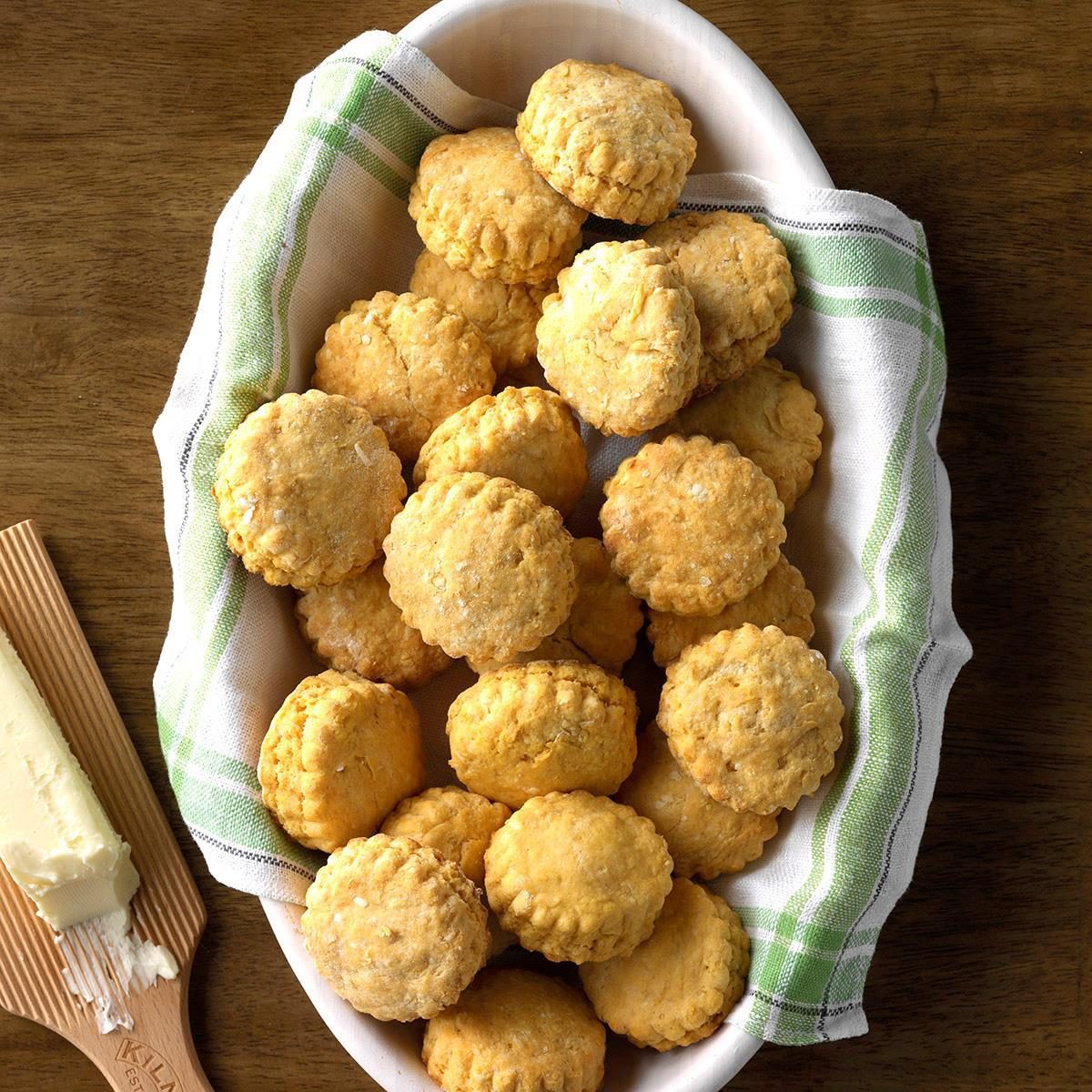
7 Southern Heirloom Recipes Your Grandmother Swore By: A Taste of Timeless Tradition
The South is a land steeped in tradition, where culinary artistry has been passed down through generations like precious jewels. Forget trendy avocado toast and kale smoothies for a moment. We’re diving deep into the heart of Southern cooking, where every dish tells a story, every ingredient whispers of simpler times. Today, we’re unearthing seven heirloom recipes your grandmother (or her grandmother before her!) likely swore by, recipes so ingrained in Southern culture that they practically hum with history. Get ready to dust off your apron, because you’re about to embark on a delicious journey into the past.
1. Cracklin’ Cornbread: The Crispy Crown Jewel
Forget the fluffy, cake-like cornbread of the North. Southern cornbread, especially with cracklin’, is a different beast altogether. It’s coarse, crumbly, and unapologetically savory. The real magic lies in the cracklin’ – the rendered, crispy skin of pork – that infuses every bite with smoky, salty goodness. This wasn’t just a side dish; it was sustenance, a way to stretch resources and create a satisfying meal.
| Ingredient | Why Grandma Swore By It | Secret Grandma Tip |
|---|---|---|
| Stone-Ground Meal | Authentic flavor; courser texture. | Use fresh meal; the flavor degrades quickly. |
| Cracklin’ | Adds richness, flavor, and essential Southern character. | Render your own for the best flavor. |
| Buttermilk | Tangy moisture; helps the cornbread bind. | Don’t overmix! |
Why Grandma Swore By It: This wasn’t just food; it was a symbol of Southern resourcefulness. Cracklin’ cornbread transformed simple ingredients into a hearty, flavorful meal, perfectly suited to the land and its people.
2. Heirloom Tomato Pie: Summer on a Plate
Before you could get bland, shipped-from-afar tomatoes year-round, summer meant one thing: tomato pie. Not just any tomatoes would do; Grandma insisted on heirloom varieties, bursting with sunshine and flavor. Sliced thick and layered with cheese, herbs, and a creamy mayonnaise-based filling, this pie is a celebration of summer’s bounty.
| Ingredient | Why Grandma Swore By It | Secret Grandma Tip |
|---|---|---|
| Heirloom Tomatoes | Unmatched flavor; unique textures. | Salt the tomatoes to draw out excess moisture. |
| Mayonnaise | Creamy base; adds richness. | Use full-fat mayonnaise for the best flavor. |
| Fresh Basil | Bright, aromatic flavor; complements tomatoes. | Tear, don’t cut, basil to prevent browning. |
Why Grandma Swore By It: It captured the fleeting perfection of summer tomatoes, preserving their flavor in a savory, shareable dish. It was a reminder to savor the season and appreciate the simple pleasures of life.
3. Chicken and Dumplings: Comfort in a Bowl
Is there anything more comforting than a bowl of steaming chicken and dumplings? This is stick-to-your-ribs, cure-what-ails-ya food at its finest. Grandma’s version was undoubtedly made from scratch, with a plump, flavorful chicken and tender, pillowy dumplings simmered in a rich broth. Forget the canned soup shortcut; this was a labor of love.
| Ingredient | Why Grandma Swore By It | Secret Grandma Tip |
|---|---|---|
| Whole Chicken | Richer broth; more flavorful meat. | Use a stewing hen for extra flavor. |
| Flour Dumplings | Tender, comforting texture; homemade goodness. | Don’t overcrowd the pot when adding dumplings. |
| Celery & Onion | Aromatics; build a flavorful base for the broth. | Sauté the vegetables slowly to release their flavor. |
Why Grandma Swore By It: This was the ultimate comfort food, a dish that nourished both body and soul. It was a reminder of family, warmth, and the simple pleasures of home.
4. Fried Green Tomatoes: A Southern Staple
Tart, tangy, and perfectly crispy, fried green tomatoes are a Southern classic for a reason. Before they ripened to a juicy red, unripe tomatoes found new life dredged in cornmeal and fried to golden perfection. This dish showcases the Southern talent for transforming simple ingredients into something extraordinary.
| Ingredient | Why Grandma Swore By It | Secret Grandma Tip |
|---|---|---|
| Green Tomatoes | Unique tangy flavor; perfect for frying. | Choose firm, unblemished green tomatoes. |
| Cornmeal | Crispy coating; Southern staple. | Use a medium-grind cornmeal for the best texture. |
| Hot Sauce | Adds a subtle kick; balances the tartness. | Add a dash to the cornmeal mixture. |
Why Grandma Swore By It: It was a lesson in making the most of what you have, transforming something seemingly undesirable into a delicious and unexpected treat.
5. Sweet Potato Pie: A Thanksgiving Tradition (and Beyond!)
Pumpkin pie might be the Thanksgiving star in other parts of the country, but in the South, sweet potato pie reigns supreme. Creamy, sweet, and spiced with cinnamon and nutmeg, this pie is a taste of Southern hospitality. Grandma’s version was undoubtedly made with locally grown sweet potatoes, adding a touch of Southern terroir to every slice.
| Ingredient | Why Grandma Swore By It | Secret Grandma Tip |
|---|---|---|
| Sweet Potatoes | Naturally sweet; creamy texture. | Roast the sweet potatoes for a deeper flavor. |
| Evaporated Milk | Richness and smooth texture; classic pie ingredient. | Don’t use sweetened condensed milk – too sweet! |
| Nutmeg & Cinnamon | Warm, comforting spices; enhance the sweet potato flavor. | Use freshly grated nutmeg for the best aroma. |
Why Grandma Swore By It: This was a symbol of Southern hospitality and a reminder to appreciate the bounty of the land. It was a dish that brought people together and celebrated the simple joys of life.
6. Collard Greens with Ham Hocks: Soul Food Staple
No Southern meal is complete without a pot of simmering collard greens. These leafy greens, slow-cooked with smoky ham hocks, are a testament to Southern ingenuity. They’re intensely flavorful, slightly bitter, and undeniably good for you. Grandma’s version was likely simmered for hours, allowing the flavors to meld and deepen.
| Ingredient | Why Grandma Swore By It | Secret Grandma Tip |
|---|---|---|
| Collard Greens | Nutritious; hearty; Southern staple. | Remove the tough stems and ribs before cooking. |
| Ham Hocks | Smoky flavor; tenderizes the greens. | Soak the ham hocks overnight to remove excess salt. |
| Apple Cider Vinegar | Adds brightness; cuts through the richness. | A splash at the end brightens the flavor profile. |
Why Grandma Swore By It: This was a dish born of necessity, transforming humble ingredients into a flavorful and nutritious meal. It was a reminder of resilience, resourcefulness, and the importance of community.
7. Peach Cobbler: A Summertime Delight
When peaches are at their peak, there’s no dessert more satisfying than a warm, bubbling peach cobbler. Whether topped with a biscuit crust, a simple batter, or a buttery crumble, this dish is a celebration of summer’s sweetness. Grandma’s version was likely made with homegrown peaches, picked fresh from the tree.
| Ingredient | Why Grandma Swore By It | Secret Grandma Tip |
|---|---|---|
| Fresh Peaches | Sweet, juicy, and perfectly ripe. | Use slightly firm peaches that hold their shape when baked. |
| Butter | Richness; enhances the flavor of the peaches. | Brown the butter for a nutty flavor. |
| Cinnamon | Warm, comforting spice; complements the peaches. | A pinch elevates the cobbler. |
Why Grandma Swore By It: It captured the essence of summer, transforming simple ingredients into a comforting and unforgettable dessert. It was a reminder to savor the sweet moments in life and appreciate the beauty of nature.
These seven recipes are more than just dishes; they’re a glimpse into the heart and soul of Southern culture. They’re a reminder of the ingenuity, resourcefulness, and unwavering spirit that defines the South. So, gather your ingredients, channel your inner grandmother, and embark on a culinary journey that will transport you back in time. Your taste buds (and your soul) will thank you for it.
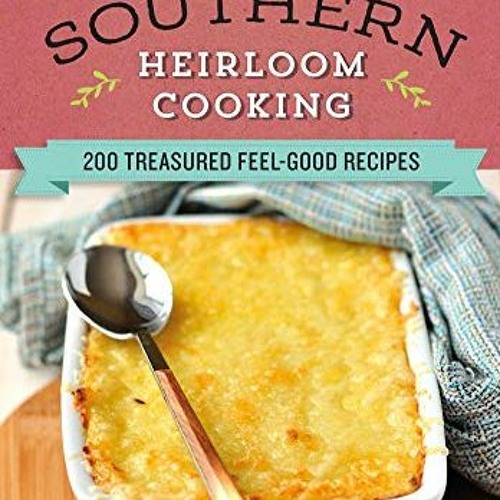
Additional Information
Beyond Nostalgia: A Deep Dive into 7 Southern Heirloom Recipes Your Grandmother Swore By
The allure of Southern heirloom recipes extends far beyond sentimental value. These dishes, passed down through generations, represent a tapestry of cultural heritage, resourcefulness, and culinary adaptation. Analyzing them through a modern lens allows us to understand not just their ingredients and preparation, but also their social, economic, and nutritional significance.
Here’s a deeper examination of 7 Southern heirloom recipes, enriching the standard narrative with analytical insights and relevant examples:
1. Grits (Stone-Ground vs. Instant): A Case Study in Processing and Taste
Beyond a simple cornmeal porridge, grits highlight the evolution of food processing. Stone-ground grits, made from coarsely ground whole kernels, retain more fiber, nutrients, and a distinct, nuanced flavor. Instant grits, on the other hand, undergo extensive processing, stripping away bran and germ for a quicker cooking time but sacrificing taste and nutritional value.
- Analysis: The shift towards instant grits reflects the broader trend of convenience-driven food consumption. However, a growing interest in slow food and traditional culinary practices has led to a resurgence of stone-ground grits. Chefs are increasingly highlighting the regional variations, like Sea Island blue grits, showcasing the connection between terroir and flavor.
- Example: An “Oxford American” article (example, substitute the actual article) explores the history of grits in the South and highlights the efforts of artisans to preserve traditional grinding methods. This underscores the cultural significance and the pushback against homogenization in food.
- Insight: Choosing stone-ground grits is not just about taste; it’s a conscious decision to support sustainable agriculture, preserve culinary heritage, and prioritize nutritional density.
2. Collard Greens (The “Pot Liquor” is Gold): Nutritional Powerhouse and Zero-Waste Cooking
Collard greens, a staple of Southern cuisine, represent the resourcefulness inherent in traditional cooking. The “pot liquor,” the broth left after cooking the greens, is often discarded in modern kitchens but holds significant nutritional value.
- Analysis: Collard greens are packed with vitamins A, C, and K, as well as calcium and fiber. The long cooking time breaks down the tough leaves, making them easier to digest and releasing nutrients into the pot liquor.
- Example: A study published in the “Journal of the American Dietetic Association” (example, substitute the actual study) found that pot liquor contains a significant amount of soluble fiber and antioxidants, contributing to improved gut health and reducing the risk of chronic diseases.
- Insight: The traditional practice of drinking or using pot liquor in other dishes demonstrates a deep understanding of maximizing nutrient utilization, a key principle of zero-waste cooking. It also speaks to the economic realities of the past, where every part of the food was valued and utilized.
3. Fried Chicken (Beyond the Crispy Skin): Regional Variations and Cultural Significance
Fried chicken is arguably the most iconic Southern dish, but its simplicity belies its complexity. Beyond the basic recipe, regional variations – from the seasoning blends to the cooking methods – contribute to its rich tapestry of flavors.
- Analysis: The history of fried chicken is intertwined with the experiences of African Americans in the South. It was often a celebratory dish, prepared for special occasions and family gatherings. The skill and knowledge of frying chicken were passed down through generations, becoming a symbol of culinary expertise and cultural identity.
- Example: Consider the differences between Nashville Hot Chicken, known for its fiery spice, and buttermilk-soaked fried chicken popular in other parts of the South. These regional variations reflect the diverse influences that have shaped Southern cuisine.
- Insight: The resurgence of interest in heritage chicken breeds, like the Rhode Island Red, also plays a role. These breeds, raised for both eggs and meat, offer a richer flavor profile compared to commercially raised chickens, further elevating the experience of traditional fried chicken.
4. Biscuits (The Key is Cold Butter): Science Meets Art in Baking
Southern biscuits are more than just a fluffy side dish; they’re a testament to the art of baking and the importance of proper technique. The key to light and flaky biscuits lies in the cold butter.
- Analysis: Cold butter prevents the gluten in the flour from overdeveloping, resulting in a tender crumb. The small pockets of butter melt during baking, creating steam that separates the layers and gives the biscuits their characteristic flakiness.
- Example: A side-by-side comparison of biscuits made with cold butter versus softened butter clearly demonstrates the difference in texture. Those made with cold butter will be taller, flakier, and more tender.
- Insight: Mastering the art of biscuit making involves understanding the science behind the ingredients and techniques. From the type of flour used (low-protein is best) to the gentle handling of the dough, every step contributes to the final result.
5. Pecan Pie (The Southern Nut): A Celebration of Local Ingredients
Pecan pie, a decadent dessert, celebrates the abundance of pecans in the South. Its rich, sweet filling and crunchy pecan topping make it a classic holiday treat.
- Analysis: Pecans are native to North America and have been a staple of Southern cuisine for centuries. Their buttery flavor and high fat content make them ideal for baking.
- Example: The state of Georgia is a major producer of pecans, highlighting the regional importance of this nut. The pie itself is a relatively modern creation, evolving from similar custard pies popular in the late 19th century.
- Insight: The availability of different pecan varieties, such as Stuart or Desirable, can impact the flavor and texture of the pie. Using high-quality pecans and a homemade crust elevates the dish from a simple dessert to a culinary masterpiece.
6. Sweet Potato Pie (Beyond Thanksgiving): A Versatile and Nutritious Treat
Often overshadowed by pumpkin pie, sweet potato pie offers a unique flavor profile and nutritional benefits. Its creamy texture and subtly sweet taste make it a versatile dessert that can be enjoyed year-round.
- Analysis: Sweet potatoes are rich in vitamins A and C, as well as fiber and antioxidants. Their natural sweetness allows for reduced sugar in the pie, making it a healthier option compared to some other desserts.
- Example: Different varieties of sweet potatoes, such as Beauregard or Garnet, will yield different colors and flavors in the pie. Some cooks even add a touch of nutmeg or ginger to enhance the flavor profile.
- Insight: The use of sweet potatoes in pie making likely stems from their availability and affordability, making them a practical and delicious alternative to other more expensive ingredients.
7. Okra Gumbo (A Melting Pot of Flavors): Culinary Fusion and Cultural Exchange
Okra gumbo represents the culinary fusion and cultural exchange that defines Southern cuisine. A flavorful stew with African, European, and Native American influences, it showcases the adaptability and resilience of Southern cooking.
- Analysis: Okra, a vegetable of African origin, is a key ingredient in gumbo, contributing its characteristic thickening properties. The addition of rice, a staple in Southern cuisine, further enhances the dish.
- Example: Gumbo recipes vary widely depending on the region and family traditions. Some versions include seafood, while others feature chicken, sausage, or ham. The use of a roux, a mixture of flour and fat, is another characteristic feature of many gumbo recipes.
- Insight: Okra gumbo is a powerful symbol of cultural exchange and culinary innovation. It represents the blending of different traditions and ingredients to create a uniquely Southern dish. Its enduring popularity speaks to its deliciousness and its ability to connect people through shared culinary experiences.
Conclusion:
These 7 Southern heirloom recipes are more than just instructions for preparing food; they are living documents that reflect the history, culture, and ingenuity of the South. By understanding their origins, nutritional value, and regional variations, we can appreciate the richness and complexity of Southern cuisine and ensure that these valuable culinary traditions are preserved for generations to come. Moving beyond simple nostalgia to a deeper understanding allows us to truly appreciate the enduring legacy of these dishes.
